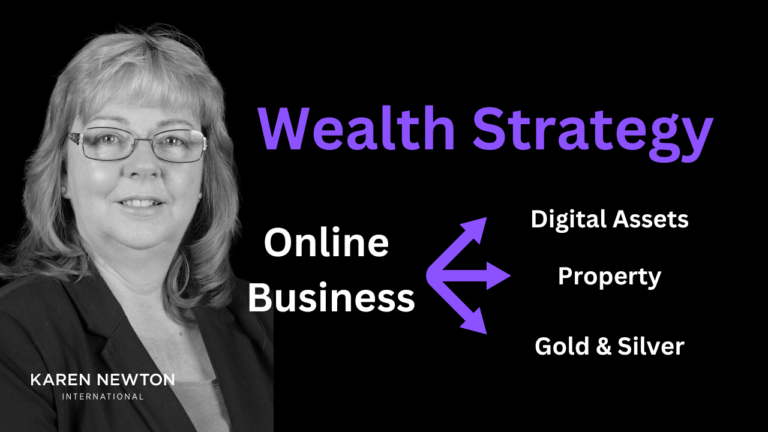Buy-to-Let Property Investing
Navigating Mortgages and Maximising Returns
Buy-to-let property investment remains a popular strategy in the UK, offering the potential for both rental income and capital appreciation. However, like any investment, it comes with its set of challenges and considerations, especially when it comes to financing through mortgages. Today, we’ll explore the intricacies of buy-to-let mortgages, how to effectively use financial calculators to assess investment viability, and discuss the pros and cons of this investment strategy.
Table of Contents
- Navigating Mortgages and Maximising Returns
- Understanding Buy-to-Let Mortgages
- Investment Calculators: Mortgage and Reamortisation
- Pros of Buy-to-Let Mortgages
- Cons of Buy-to-Let Mortgages
- Alternative Strategies
- Buy-to-Let Property Investing
- Frequently Asked Questions About Buy-to-Let Investing
Understanding Buy-to-Let Mortgages
Buy-to-let mortgages are designed for investors looking to purchase property specifically to rent it out. Unlike standard residential mortgages, they typically require a higher deposit, have higher interest rates, and operate under different lending criteria.
Key Features:
- Higher Deposits: Lenders generally require a minimum of 25% of the property’s value, although this can vary.
- Interest Rates: These are usually higher compared to residential mortgages due to the perceived increased risk.
- Loan to Value (LTV): This ratio is crucial as it determines the maximum amount the lender is willing to finance. It’s important to maintain a healthy LTV ratio to avoid potential financial pitfalls during market downturns.
Investment Calculators: Mortgage and Reamortisation
Our website features several useful investment calculators, including a mortgage and reamortisation calculator. These tools are invaluable for assessing the financial aspects of buy-to-let investments.
Use this tool to determine your monthly mortgage payments based on the purchase price, term of the loan, and interest rate. This will help you evaluate if the rental income covers the mortgage and yields a profitable return
Considering paying off your mortgage early? This calculator shows how additional payments can affect the amortisation schedule and overall interest paid. It’s an excellent way to see the potential savings and shorter mortgage term.
Pros of Buy-to-Let Mortgages
- Income Generation: Rental income can provide a steady cash flow, which may cover mortgage payments and yield a profit.
- Capital Growth: Long-term property value increase can significantly boost your return on investment when you decide to sell.
- Tax Deductions: Certain expenses related to property investment are tax-deductible, such as mortgage interest and property maintenance.
Cons of Buy-to-Let Mortgages
- High Initial Costs: The substantial deposit and associated costs (like stamp duty, legal fees, etc.) can be a barrier.
- Interest Rate Risk: Increases in interest rates can affect profitability as they directly impact mortgage payments.
- Market Volatility: Property values fluctuate, and a downturn can lead to negative equity or breach of the LTV ratio, potentially leading to property repossession.
- Maintenance and Management: Being a landlord involves ongoing property maintenance and dealing with tenants, which can be time-consuming and stressful.
Alternative Strategies
One compelling case involved a client who held a portfolio of buy-to-let properties that unfortunately fell victim to the credit crunch. As property values plummeted, his investments strayed beyond the safe limits of their Loan to Value (LTV) ratios, leading to repossession.
However, undeterred by this setback, we collaborated closely to devise and implement alternative investment strategies. Over the following years, we not only reconstructed his property portfolio but also established robust investment frameworks that accelerated the amortization of his mortgages.
Within just ten years, his entire portfolio was mortgage-free, exemplifying the resilience and strategic planning that buy-to-let investing demands.
Buy-to-Let Property Investing
Buy-to-let property investing in the UK can be a lucrative venture if managed wisely. Utilizing financial tools like our mortgage and reamortisation calculators can provide deep insights into the financial viability and strategic management of property investments. While the benefits can be substantial, it’s crucial to be aware of the risks and prepare for potential market changes that could impact your investment.
By understanding these dynamics and planning strategically, investors can mitigate risks and maximize the profitability of their buy-to-let portfolios.
Frequently Asked Questions About Buy-to-Let Investing
Q1: What is a buy-to-let mortgage?
A buy-to-let mortgage is a loan specifically designed for purchasing properties that will be rented out. These mortgages differ from owner-occupier mortgages in terms of deposit requirements, interest rates, and lending criteria.
Q2: How much deposit do I need for a buy-to-let mortgage?
Typically, you’ll need at least 25% – 30% of the property’s purchase price as a deposit for a buy-to-let mortgage. Some lenders might require more, depending on the perceived risk and the investor’s credit history.
Q3: Are there any tax benefits to buy-to-let investments?
Yes, investors can deduct certain costs associated with buy-to-let properties from their taxable income. These can include mortgage interest, property maintenance and repairs, and professional fees among others.
Q4: What should I consider before investing in buy-to-let properties? Consider the location, property type, target rental market, and your ability to manage the property. Additionally, it’s important to understand the financial aspects, including expected rental yield, mortgage costs, and your own financial stability.
Q5: How can I mitigate risks associated with buy-to-let investing? Diversifying your property portfolio, maintaining a healthy LTV ratio, ensuring your properties are competitively priced for rent, and keeping a reserve fund for unexpected expenses can all help mitigate risks.
Q6: What happens if the property value goes down and affects my LTV ratio?
If property values fall and affect your LTV ratio adversely, you may face higher interest rates or issues with refinancing. It’s crucial to plan for such eventualities by ensuring you have adequate insurance and a buffer to manage fluctuations in property values.
Q7: Can I pay off a buy-to-let mortgage early?
Yes, you can pay off a buy-to-let mortgage early. However, check if there are any penalties for early repayment. Using a reamortisation calculator can help you understand the benefits and financial implications of making extra payments.

Karen Newton is a Business and Wealth Strategist, 3x International Bestselling Author, and founder of Karen Newton International. She combines practical experience with AI-Powered Entrepreneurship to help smart entrepreneurs build online income, invest strategically, and create long-term wealth through business growth, investments and joint ventures.







